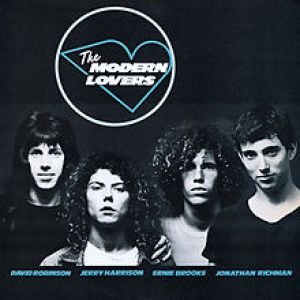 I know much about Joan Baez, a preeminent folk singer of the 1960s and beyond. But seeing the new documentary Joan Baez I Am A Noise, I discovered I didn’t realize the half of it.
I know much about Joan Baez, a preeminent folk singer of the 1960s and beyond. But seeing the new documentary Joan Baez I Am A Noise, I discovered I didn’t realize the half of it.Early in the film, we see an intriguing quote from Gabriel Garcia Marquez: “Everyone has three lives: a public life, a private life, and a secret life.” While I knew a lot about her public life, her private life, including her relationships with her parents and two sisters and a romance I had not heard about, was revelatory.
As for the secret life, THAT was a heady and sometimes painful exploration.
To understand Joan, the moviemakers took illustrations and diary entries of her at 13. The teen, who grew up with a Quaker background, experienced a fair amount of prejudice growing up with Mexican heritage on her paternal side. Young Joan wrote: “When I think of God, I think of the earth as a very small thing then I think of myself as hardly a speck…might as well spend time making the less fortunate specks in the world enjoy themselves.”
So, when she started experiencing some success, she may have appeared calm and serene. Inside, she felt conflicted by guilt from her fame when so many others were far less fortunate. At the same time, it was fun, especially when she realized that her music was an entree into the activism she felt she needed to participate in.
Of course, there’s the Bobby Dylan section. Most folks don’t recall that she vouched for him on the music scene. They appeared together at the March on Washington in August 1963, but he was far less well-known then.
Save the world
One of the fascinating elements in her helping to develop the story was a shed full of tapes she visits. You can see it in this CBS Sunday Morning segment.
She eventually grew closer to her older sister Pauline (d. 2016) and younger sister Mimi (d. 2001), even as they investigated unpleasant fragments of their growing up. At 82, Joan Baez is more at peace now, accepting the lower range of her voice.
38 of 39 Rotten Tomatoes reviews were positive. The outlier was Mick Lasalle of the San Francisco Chronicle” “The impression that comes through is that the filmmakers were too in awe of Baez to press her — or to seek alternate opinions — and so we’re left with a sense of not getting the whole truth.” I do not know what film he saw.
The audience score was only 80% positive because I believe this was not entirely the feel-good film they may have been expecting. Young Joan once wrote in a journal, “I am not a saint. I am a noise.” My wife and I saw the film at the Spectrum Theatre in Albany.
This ain’t no disco.
During the same week, and at the same venue, we also saw Talking Heads’ 1983 concert film Stop Making Sense. I cannot reasonably review this movie.As I’ve said numerous times, that tour, which included a stop at the Saratoga Performing Arts Center about 30 miles north of Albany, proved to be one of my two most extraordinary musical experiences.
But I had never seen the Jonathan Demme film before. I can say that the first half of the movie transported me back four decades, with the attendant awe, from Byrne’s solo Psycho Killer to the pieces with the full band, including Alex Weir, Bernie Worrell, and Steve Scales. Honestly, I was joyfully exhausted by the band and backup singers Edna Holt and Lynn Mabry’s energy.
I met Lynn when she and my first niece Rebecca Jade sang backup for Sheila E. at the New York State Fair in Syracuse in 2019. It was all I could do to contain myself from rambling to Lynn about how great the show was that I’d seen 36 years earlier.
The next venue in the film brought me back to mere enjoyment, but it ended strong.

 An old friend, C, asked:
An old friend, C, asked:  For me, the great thing about David Byrne is that he keeps growing and changing. This comes across in this 2022 online
For me, the great thing about David Byrne is that he keeps growing and changing. This comes across in this 2022 online 
 “Not all the fresh music made in 1971 made an impact in that year. Some of it didn’t come out until years later the people who made it had made it had moved on, had become different people, or died.” That’s the first sentence in the September chapter of Never A Dull Moment by David Hepworth.
“Not all the fresh music made in 1971 made an impact in that year. Some of it didn’t come out until years later the people who made it had made it had moved on, had become different people, or died.” That’s the first sentence in the September chapter of Never A Dull Moment by David Hepworth.